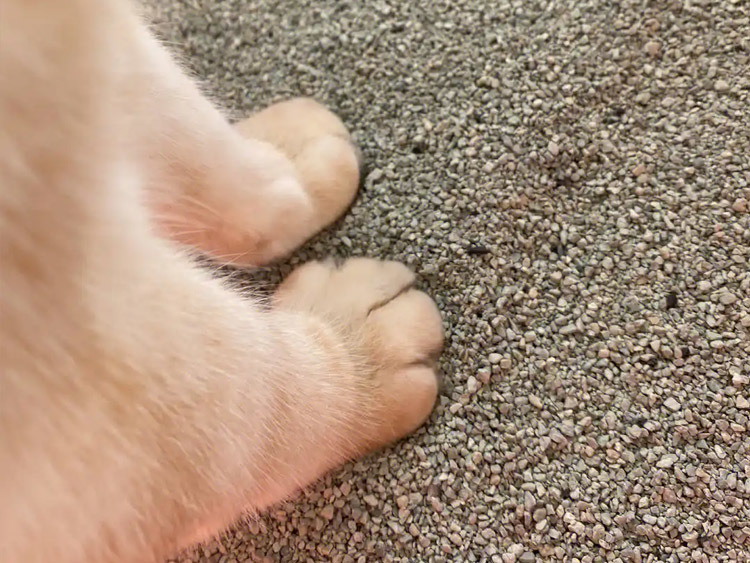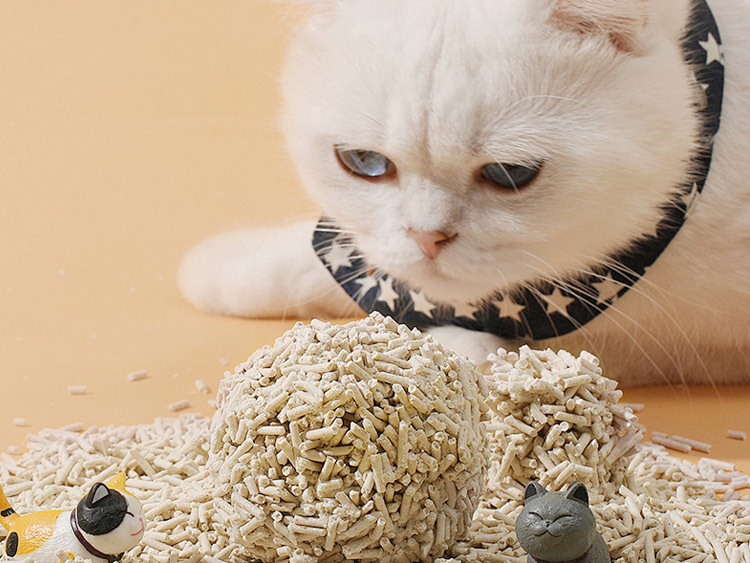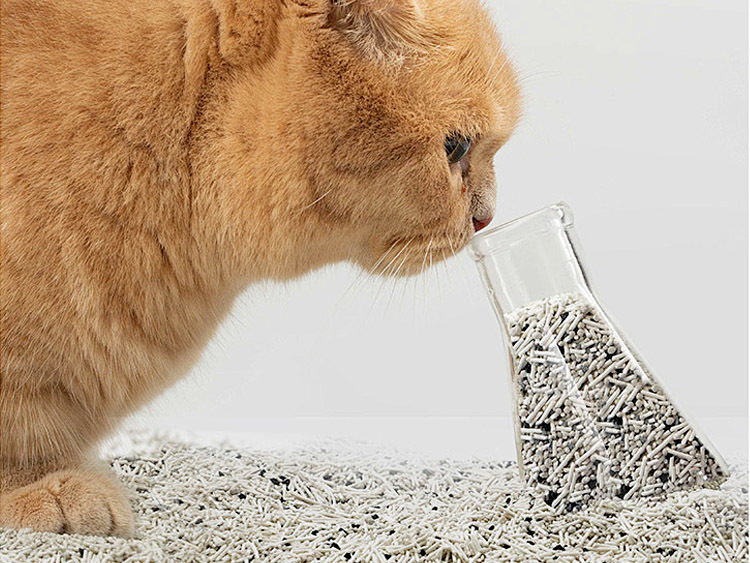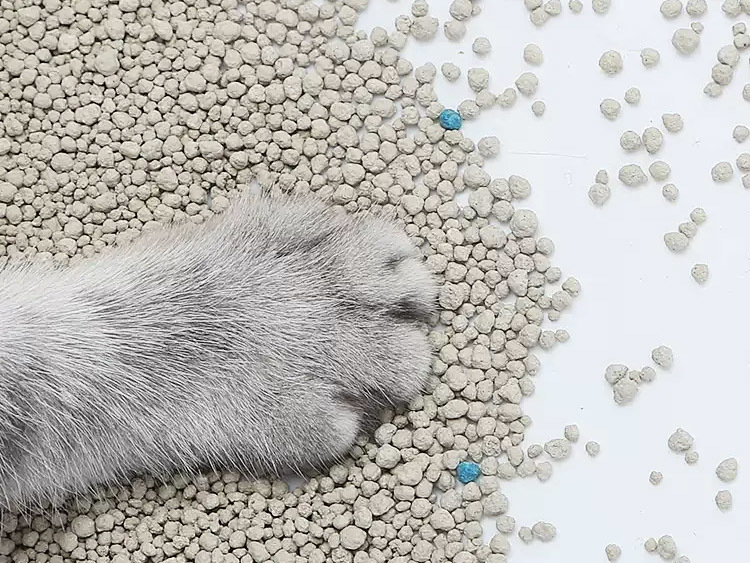What if your cat doesn't want to use bentonite litter
Release Time:
Nov 05,2024
Place the litter box in a secluded place, such as under a table, in the bathroom, behind a door, on a balcony, or anywhere else your cat feels safe.
If your cat is reluctant to use bentonite litter, there are several ways to try to solve the problem:
Step by step guide:
Place the litter box in a secluded place, such as under a table, in the bathroom, behind a door, on a balcony, or anywhere else your cat feels safe. The cat will be a little uncomfortable and timid just changing an environment, and going to the toilet is a thing that needs to relax its vigilance to complete.
As soon as the cat gets home, you can take it to the litter box, gently hold the cat into the litter box, grab the cat's front PAWS, toss them in the litter a few times, and then let the cat leave naturally. Many cats can learn it in one go.
If your cat doesn't learn, take your cat to the litter box and repeat the above instructions when it has to go to the toilet (e.g. sniffing around, pawing in a hidden place).
If the cat pees on the ground, do not beat and scold, take the cat to the place where it excretes, smell it, then use a paper towel to clean up the feces into the litter box, and then bring the cat into the litter box, repeat the above guidance actions. It's usually learned pretty quickly.
Change Kitty litter type:
Although bentonite litter is the preferred choice for many cats, each cat's preferences may be different. Some cats may be sensitive to the feel, smell, or composition of bentonite litter and therefore be reluctant to use it.
Try replacing other types of litter, such as tofu litter, pine litter, or mixed litter, to see if your cat is more willing to use it.
Keep the litter box clean:
The cleanliness of the litter box has a big impact on your cat's willingness to use litter. If the litter box is not cleaned for a long time, odors and bacteria can grow, causing the cat to be reluctant to use it.
It is recommended to clean the litter box at least once a day and replace it with new litter regularly.
Consider your cat's health:
If your cat is suddenly unwilling to use the litter box, and is accompanied by other abnormal symptoms (such as loss of appetite, lethargy, etc.), it may be a health problem for your cat.
At this time, the cat should be taken to the pet hospital in time to check to ensure that the cat is in good health.
Handling of a multi-cat household:
If you have multiple cats in your home and they are conflicted about litter box use, try increasing the number of litter boxes or assigning a separate litter box to each cat.
Toys and interactions available:
Cats may engage in inappropriate behaviors due to boredom or lack of interaction, including not using the litter box. Toys and interaction opportunities can be provided to enrich your cat's life and reduce stress.
To sum up, it takes patience and care to solve the problem of cats' reluctance to use bentonite litter. By gradually guiding, changing the litter type, keeping the litter box clean, considering your cat's health, handling a multi-cat home, and providing toys and interactions, you can gradually help your cat develop a good habit of using the litter box.
You Can Also Learn More About Industry Trends











